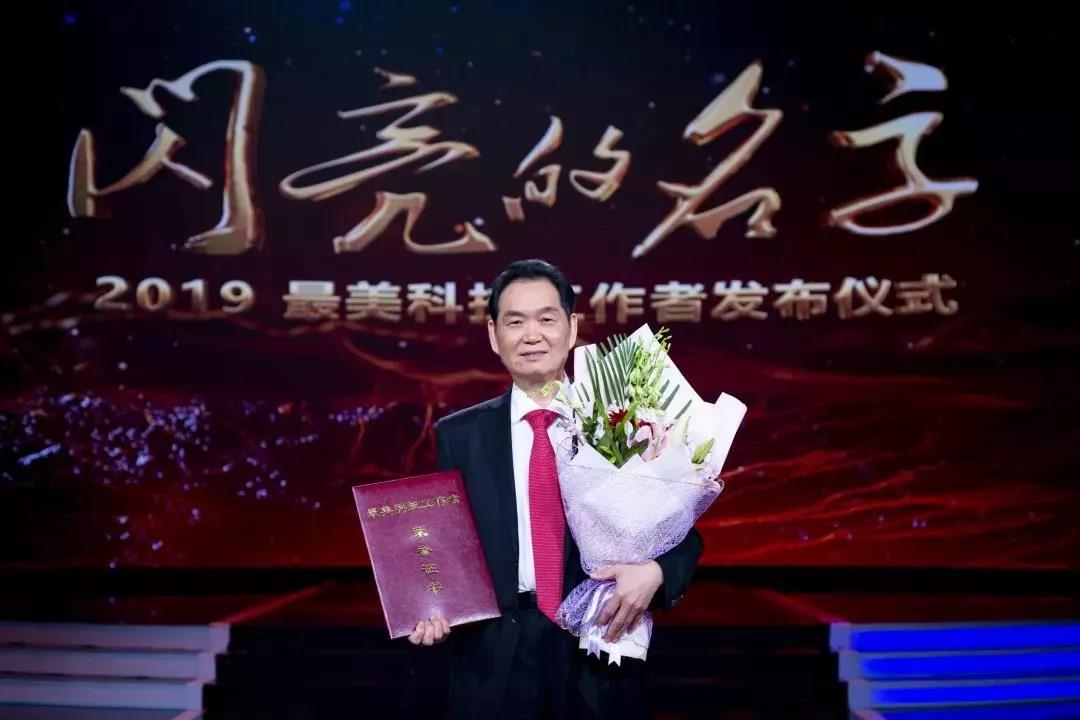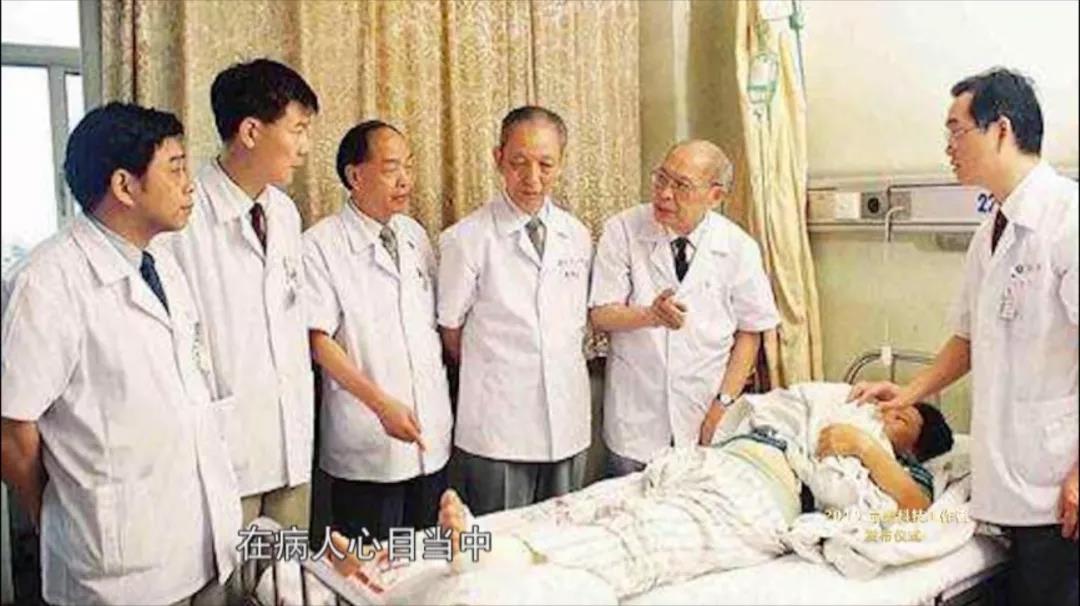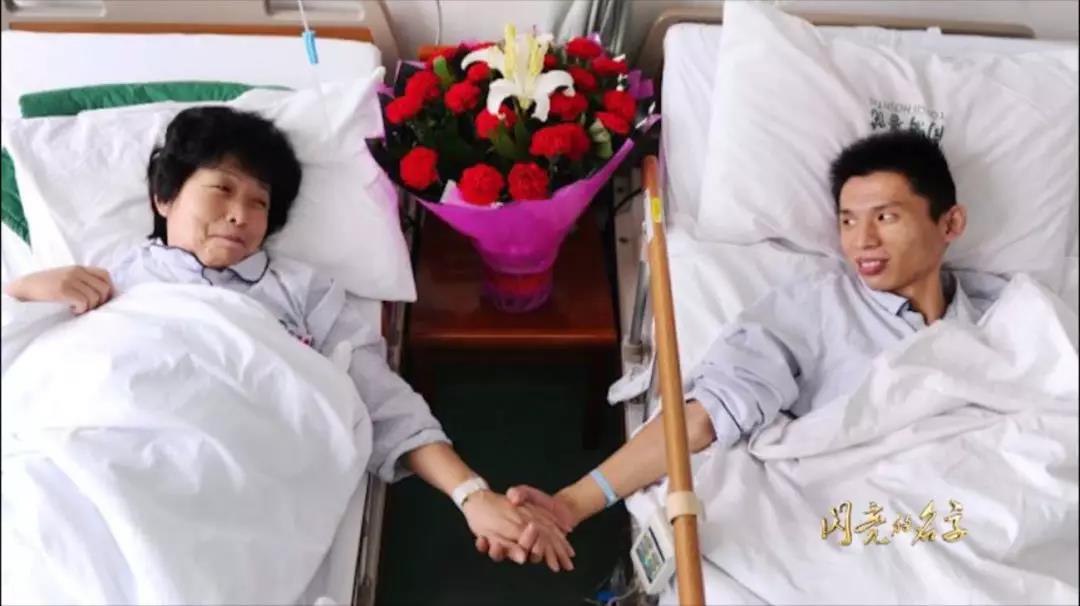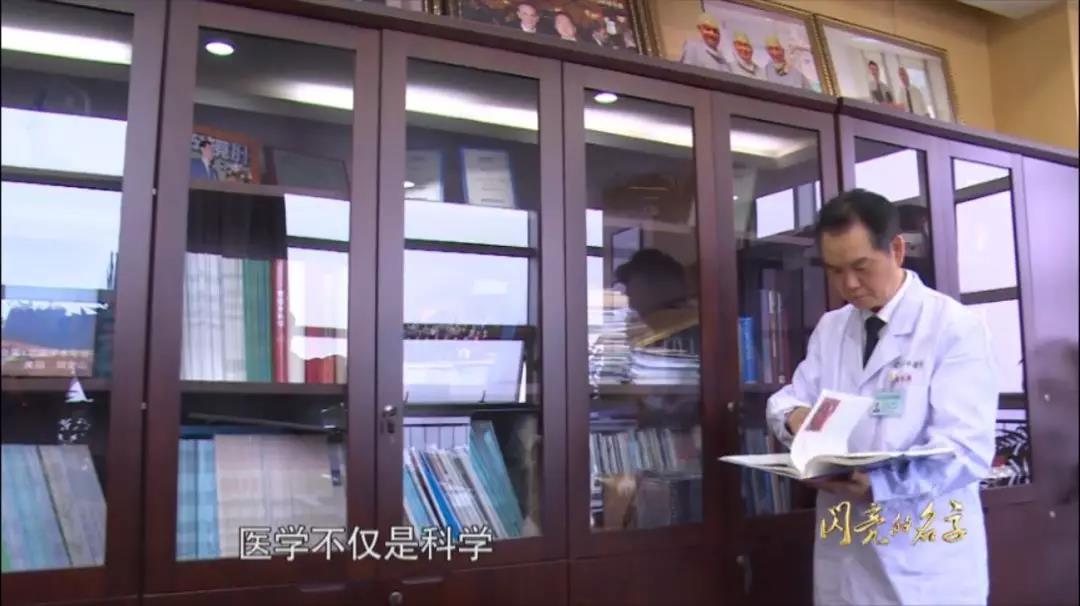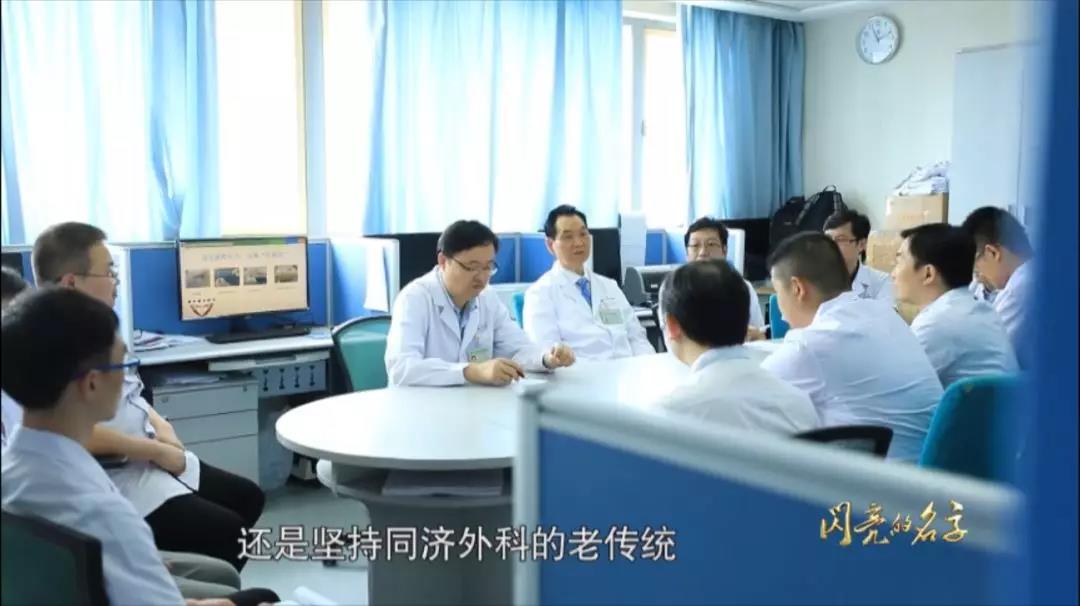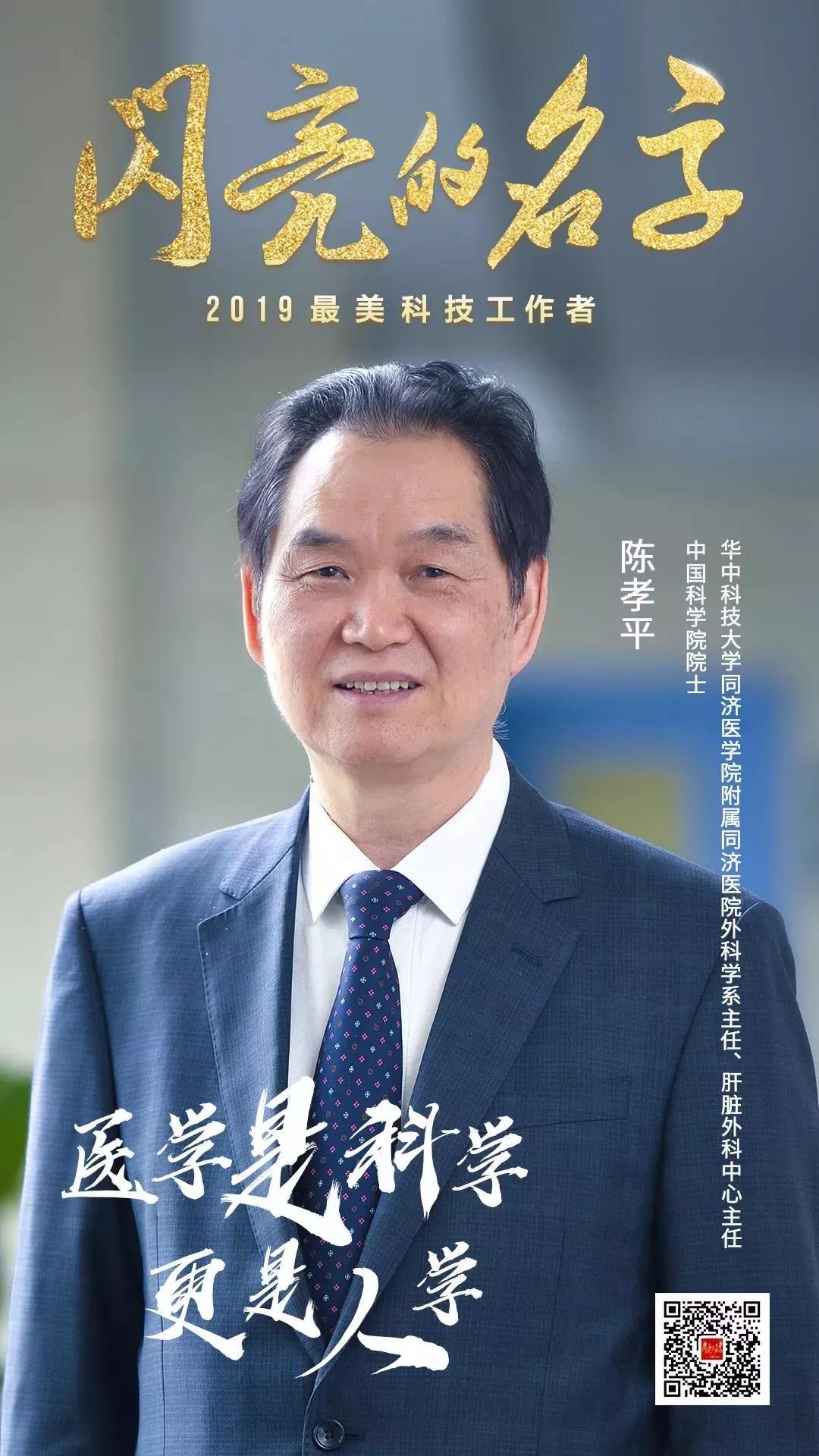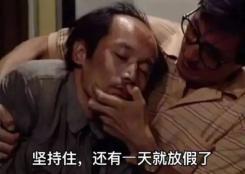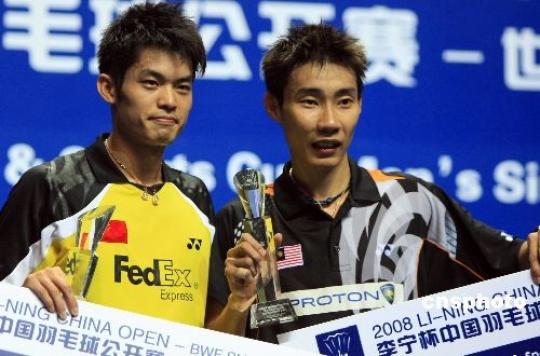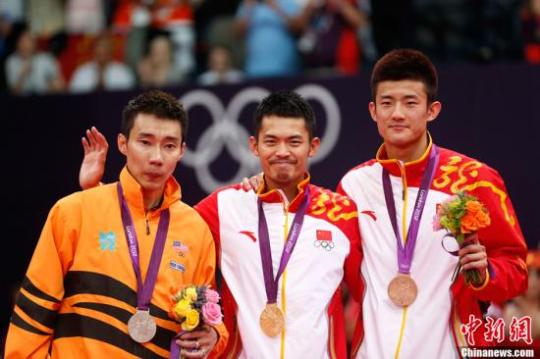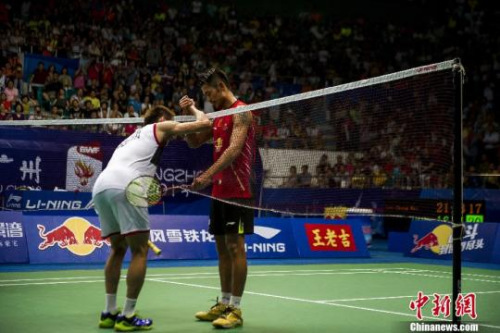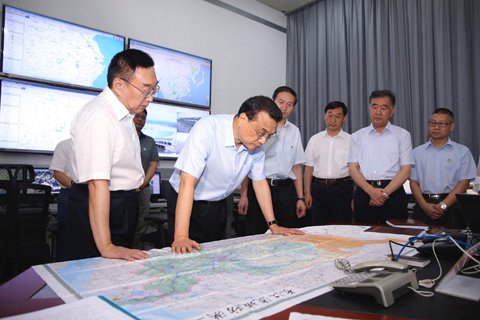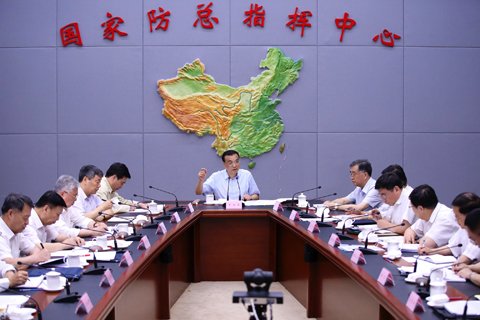
Takeaway has become an indispensable part of modern life. Click on the application in your mobile phone, choose a good meal, and you can wait for the food to be delivered to your door.
Of course, in addition to convenience, take-out can also make it easier for everyone to eat special foods from all corners of the country.
However, some stores in magic change have done something. Yunnan rice noodles crossing the bridge can be turned into casserole rice noodles, Wuhan Regan Noodles can be filled with soup, and even Yangzhou fried rice can be made into soy sauce. It really makes people want to cry when they encounter these things.
Then, on the take-away platform, who made these local specialties? How did those who brought out the delicious food from their hometown complete the food migration?
Who cooked the regional food we ate?
Lanzhou beef noodles, snail powder, Shaxian snacks … These regional specialties from the north and south of the Yangtze River are not only included in the list of representative projects of national intangible cultural heritage, but also go out of their hometown and become national snacks.
From a national perspective, where are the bosses of these special foods on the take-away platform?
According to the survey of small and medium-sized businesses based on Hungry Platform,On the whole, the specialty food is mainly made by people in the same province where the food originated.
For example, Shaxian snacks are mainly made by Sanming people in Fujian, snail powder is made by Liuzhou people in Guangxi, and stinky tofu in Changsha is generally made by Hunan people.

But there are exceptions, and that is Lanzhou beef noodles.
Although Lanzhou beef noodles originated in the Qing Dynasty, Ma Liuqi was brought to Lanzhou after studying in Henan, and then Chen Hesheng and others unified the standard with "one clear (soup), two white (radish), three green (coriander and garlic), four red (chili pepper) and wuhuang (noodle Huang Liang)" [1]. But now on the take-away platform, it is not Lanzhou people who open the most stores.
In addition,If you look closely outside the first place where each kind of food is made, you will find that there is a province that appears frequently, and that is Henan.
In addition to its own special food, Hu spicy soup, from Anhui Anhui cuisine bordering Henan to snail powder, Shaxian snacks and Changsha stinky tofu, Henan bosses are active.
Why can Henan people span so many cuisines?
The first thing to say is that there are many Henan people who go out to work. According to the data of the seventh population census, in 2020, the number of migrants in Henan reached 16.1 million, which is the province with the largest outflow population in China [2].
On the other hand, people in Henan have mixed tastes. As one of the cradles of Chinese civilization, Henan cuisine is regarded as the origin of major cuisines in China by culinary circles [3]. Its characteristic is compatibility, whether it is spicy, sour, salty or sweet, Henan people can do it.
Since Huimian Noodles and Hu Spicy Soup with Henan characteristics are not popular all over the country, Henan people who make a living abroad can quickly do as the Romans do and follow the popular tastes.
Do you like Changsha stinky tofu? Do it! Snail powder is popular recently? Do it! Shaxian snack feels good business? Do it!As a result, Henan bosses, who have learned what to do, have opened a variety of take-away shops all over the country.
Even if you leave your hometown, you prefer hometown flavor.
However, the local customs not only nourish all kinds of special foods, but also make people in the same area have similar tastes.
For example, people in Sichuan and Hunan like spicy food, while people in the Central Plains prefer pasta.
Therefore, most people go to other places to open stores, and they are likely to be their favorite ones.
For example, Shanxi people love to open noodle restaurants when they go out, while the boss from Yunnan-Guizhou region does the most rice noodles. You are good at what you like to eat, and you can make authentic and distinctive flavors.

But there are exceptions to everything. For example, Anhui people go out to open the most takeout shops, not Anhui cuisine, but steamed stuffed bun soup packets. Ma Weidou, a collector, once said, "Nine times out of ten people who make breakfast in Beijing are from Anhui. [4]”
So many Anhui people go out to make steamed buns, not because they like to eat, but because pastry has become a local industry.
Bobby Steamed Bread, the first steamed bun in China, is from Jiangzhen, Anqing City, Anhui Province. Known as "the hometown of pastry chefs in China", there are 37,000 people in this town, and nearly 20,000 people are engaged in the steamed stuffed bun pastry industry [5].
Why do so many fellow villagers go out to cook the same food?
Just as the owners of print shops all over the country are mostly Xinhua people in Hunan,Fellow-townsmen embrace each other and acquaintance culture, so that the experience of how to cook a kind of food and how to open a shop is constantly passed on among fellow-towners.
However, it depends on where you are if you want to eat delicious food on the take-away platform.

For example, although Hainan is called "the fourth province in Northeast China", most of the take-away food you can eat here is cooked by people in Hainan, Guangdong and Guangxi.
In Guangdong and Jiangsu, where the economy is more developed and the floating population is more, you are more likely to order takeout and taste authentic food from all over the country without leaving home.
Why is this?
Because in addition to the factors of catering culture, population mobility is the most closely related factor.
Population migration behind takeout
Decades ago, there was no such convenient express delivery in China, and take-out was even rarer. The reason why regional delicacies such as Shaxian snacks and Lanzhou beef noodles appeared in the whole country was closely related to those who left their hometown to travel.
These people who have left their homes are the best carriers for the spread of food.. Different flavors of food collide and merge with the migration of people between regions.
Let’s first look at where people go out to make takeout with the highest proportion.

It can be seen that the central and western regions such as Qinghai, Anhui and Gansu have the highest proportion of takeout. In Qinghai, which ranks first, almost nine of the 10 take-away bosses are stores opened in other places.
Such a high rate of going out is mainly due to the lack of business in my hometown.. Although the area of Qinghai is large, it is vast and sparsely populated, and there are not many ways to make a living. In the early 1990s, some Qinghai people who went out to make a living made money, and then more relatives and friends went out to do business.
For example, Lanzhou beef noodles were originally brought out by Hualong people in Haidong City, Qinghai Province, and they also successfully promoted the name "Lanzhou Lamian Noodles" to the whole country [6]. Today, Lanzhou people have to explain to others that they are eating Lanzhou beef noodles, not Lanzhou Lamian Noodles.
However, unlike Qinghai people who push beef noodles to the whole country, there is a certain range of places where people from different places go out to travel.
For example, as many as 30% of the take-away bosses in Guangxi have gone to Guangdong. The two provinces are geographically adjacent, and Guangdong has a good economic development, a dense population and a large demand for food and beverage, which naturally attracts Guangxi bosses.
Guangdong attracts not only Guangxi, but also Hunan, a neighbor, and many people choose to go south to take food.

As can be seen,Geographical proximity is an important factor of high outflow rate.. As the British scholar Lavenstein pointed out, "the population migration rate is inversely proportional to the migration distance, and most population migration is short-distance migration" [7].
For the takeaway boss, where there is money to earn and it is not too far from home, where to open a shop.
And most migrant workers choose their workplaces based on the same logic. Therefore,The flow of take-away merchants and the overall population flow are coordinated.
Take the population flow data in the Pearl River Delta region of Guangdong as an example. Similar to the flow of catering population, foreigners who come to work in Guangdong mainly come from neighboring provinces. Among them, the provinces with the largest population flowing into Guangdong are Hunan and Guangxi. In 2017, there were 3.99 million and 3.705 million people in the two places respectively coming to the Pearl River Delta region for development, accounting for more than 20%.

Regional cuisine travels with the floating population, which not only brings different delicacies to the local area, but also brings familiar hometown flavor to people who work hard in a foreign land. Nothing can comfort the wanderers better than this.
But in this fast-paced era, the rhythm of diet has also accelerated. Unlike most small and medium-sized merchants who still cook food by themselves, the popularity of cooking packages in chain restaurants has made more and more dishes become standardized semi-finished products under the industrial assembly line without cooking and heating.
Although these cooking packages have reduced the cost and improved the speed of serving, they have turned the cooking skills into assembly line operation that only needs microwave heating, which not only loses the fireworks of Chinese food, but also makes the taste the same.
[1] Gansu Tourism Network. Introduction to Lanzhou Beef Noodles. Retailed 24 August 2021, from http://wap.tourgansu.com/subject/beefnoodles/0?. type=1.
[2] Zhang Shuna & Wang Na. (2009). Henan cuisine has a long way to go. New Rural Weekly. Retrived24 August 2021, from http://newpaper.dahe.cn/hnrbncb/html/2009-03/31/content _ 163891.htm.
[3] Population Division of Yima Statistics Bureau. (2021). Where have all the migrants in Henan gone? . Retrived 24 August 2021, from http://tjj.yima.gov.cn/art/2021/6/17/art_1379_162995.html.
[4] Bilibili. (2019). Ma Weidou Guanfu DuDu episode 7: Beijing Piaopiao Piao [Video file]. Retrieved from https://www.bilibili.com/video/BV19J411M7nQ..
[5] Chen Shuyi & Zhu Lingjun. (2020). Babi Steamed Bread, which is familiar to Shanghainese, went on the market. Behind the "First Steamed Bun" is the development history of an Anhui town. Watch the news. Retailed 24 August 2021, from https://web.shobserver.com/news/detail?. id=312130.
[6] Zhang Yue. (2015). Behind Lanzhou Lamian Noodles’s going to the whole country: the government gives money to the policy. Southern Weekend. Retrived24 August 2021, from https://business.sohu.com/20150806/n418281170.shtml..
[7] Ravenstein, E. G. (1889). The laws of migration. Journal of the royal statistical society, 52(2), 241-305.
Original title: "China’s best take-away province, it ranks first."
Read the original text
